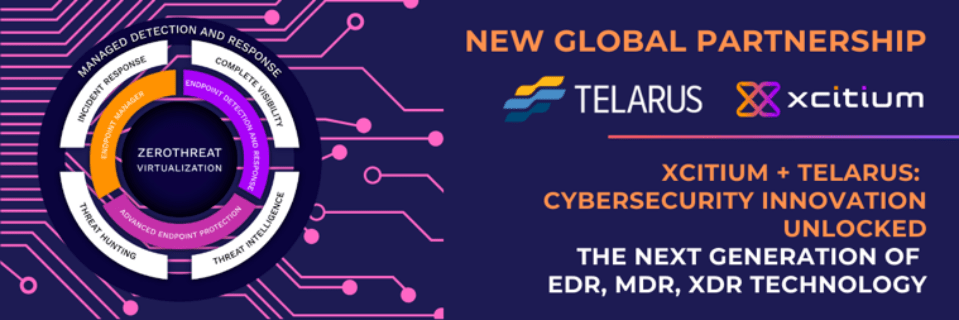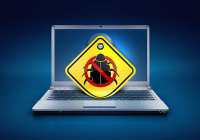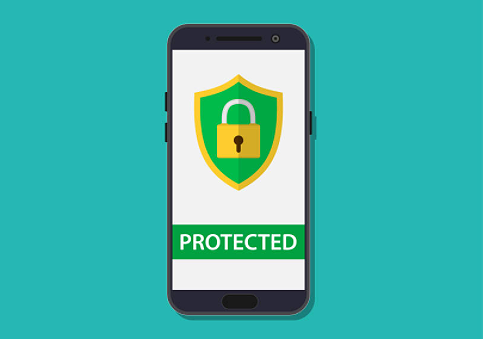What Is Meant By A Ransom Virus Attack?
Updated on October 11, 2022, by Xcitium

First off, ransomware isn’t a virulent disease however malware. However, it’s okay for those without a good knowledge of malware to refer to ransomware as a virus, but it’s not technically correct. Both ransomware and virus square measure differing kinds of malware, therefore ransomware is what it’s, and therefore the same applies to viruses.
Therewith same, let’s currently look into what ransomware attack entails. Note that the explanation above provides the correct way to address the ransomware virus attack. So, going forward, we’ll replace “ransomware virus attack” with ransomware attack. That clears the puzzle, right? If so, let’s head right into the main discourse.
What Is Ransomware Malware Attack?
Ransomware attacks are mainly targeted on computer users in companies, government agencies, and even individuals. Like every other malware attack, ransomware enters a computer through a compromised software or other types of computer programs. However, ransom virus attacks take a special approach from different malware. Its original intent is not to steal your data or damage them as other malware does but to cease the data from the owners.
Once the ransomware can encrypt your files and deny you access, a notification is displayed on your screen requesting for payment before you can regain access to your computer. The notification also includes payment details, and it’s usually via Bitcoin.
Why Bitcoin?
The attackers are wary of being trailed and apprehended, so they demand payment in Bitcoins. As you may know, Bitcoin is a decentralized digital currency and doesn’t record users’ authentic information. This is why ransomware criminals have often requested payment with it.
What Defines A Compromised Computer?
A computer with an infected software or other computer applications is compromised. Most computers are infected through phishing, a method used by ransomware criminals to scout for victims.
The process involves sending emails with attachments containing malicious codes. If you open any of the attachments, you’re on your way to experiencing a ransomware attack. Aside from emails, ransomware criminals also use cold calls to hunt for victims. They’d call you claiming to be any of your service providers to get sensitive information from you.
Also, one can be a victim of a ransomware attack through cracked software. Most of them are made available by scammers. Perhaps you do think they are doing you well, but they aim to monitor your activities through a malware in the software.
Password guessing can also be used; that’s why you need to set strong passwords and refrain from using the same passwords for multiple accounts. Other methods of ransomware spreading include pop-ups from websites, public Wi-Fi, and infected social media content.
Can Ransomware Penetrate a Computer with Antivirus/Anti-malware and Firewalls?
In recent years, there have been several cases of ransom virus attack all over the world. But does it mean the victims had no security systems on their computers? Chances are they do have, but ransomware creators may have made the malware more sophisticated to trick traditional security systems. As you may know, some malware like fileless malware is rarely halted by traditional security systems. So, antiviruses and firewalls do not give you %100 protection against ransomware and other sophisticated malware.
Though they may block some attacks, it doesn’t happen all the time, especially when the malware takes a fileless path.
How Can One Prevent Ransomware Attacks?
While antiviruses/Anti-malware may not be active all the time, you still need to defend against malware attacks. More so, you need to stick cybersecurity rules such as:
Keeping all your computer programs updated: this helps defend against unpatched security vulnerabilities. Most updates are meant to secure the program more.
Use stronger passwords to avoid password guessing. Do not repeat the same passwords for all accounts.
Backup your data in case all your security system fails. Data backup can help you recover your data after a disaster. You may even refuse to pay for ransomware attacks if your data are backed up.
Overall, invest in advanced endpoint security systems. These security systems use AI, IoT, and other security technology to identify and block advanced threats.
Wrap Up
Ransomware attacks can be disastrous. Even though you may regain access to your computer, the duration of the attack may have caused damage to your business, such as losing clients. Not to mention the money you do pay to the criminals. The best thing is to avoid being a victim of ransomware attacks.
If you’re a business owner, ensure you keep your employees updated about cybersecurity. Ransomware criminals may also target your employees to hack into the company’s database. The bottom line is to take cybersecurity seriously to avoid being a victim of a ransom virus attack.












